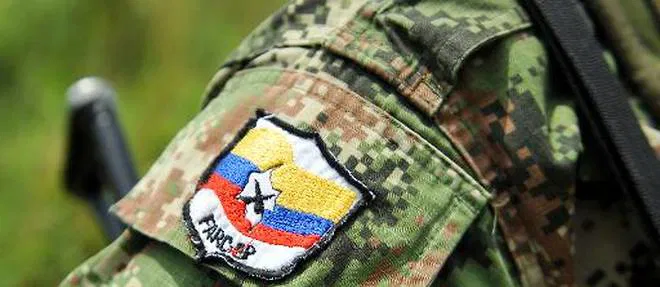Behind the staged smiles of official mediation, the release of 33 captured soldiers in Colombia exposes a government increasingly overwhelmed by its own illusions. The guerrilla war never truly ended, it only changed its methods.
A Tactical “Release” That Looks a Lot Like Defeat
After three days held hostage in the southeastern department of Guaviare, 33 Colombian soldiers were “freed” on August 28. The announcement, made by human rights ombudsman Iris Marín on X (formerly Twitter), was dressed up as a humanitarian success. In truth, it marks yet another concession to armed insurgency—one that unfolded with the implicit retreat of state authority.
According to the Petro administration, roughly 600 civilians prevented the soldiers from leaving the region after clashes with guerrilla forces led by Ivan Mordisco. Official channels labeled it “kidnapping,” but quickly softened the language under pressure from human rights NGOs and foreign observers. The community, we are told, should not be “stigmatized.” A bizarre inversion, where the soldiers are trapped—and the captors offered political protection.
The reality is far more raw: the Colombian military, once feared and respected, is now being neutralized in its own territory, by both bullets and bureaucracy.
Ivan Mordisco, Commander of the Shadow State
Ivan Mordisco is no longer just a fugitive; he is the de facto ruler of Colombia’s lawless southern territories. As head of the so-called Central General Staff (EMC)—a breakaway faction from the demobilized FARC—he controls strategic corridors long abandoned by the state. Sunday’s armed confrontations with his forces left 10 dead and 2 guerrilla fighters captured. Yet the greater shock came days earlier, when his group orchestrated a truck bombing in Cali, killing six and injuring over sixty.
He is not hiding in caves or operating in shadows. He is openly contesting state authority, using the same revenue streams that once financed the FARC: narcotrafficking, extortion, and illegal mining. Peace talks with President Petro, which Mordisco engaged in for over a year, collapsed in 2024—unsurprisingly. Since then, the violence has escalated, as has his influence.
He is not just a rebel. He is a rival state actor, complete with territory, resources, and propaganda.
When the UN Mediates Between a Government and Its Replacers
The involvement of UN officials and state mediators in negotiating the soldiers’ release underscores a chilling reality: Colombia is now mediating with its own internal enemies. What once would have triggered a decisive military response is now met with facilitated dialogue and statements about “de-escalation.”
This new diplomatic orthodoxy is driven by the Petro administration’s ideological refusal to confront the armed left. Soldiers are told to avoid “provoking” communities known to host guerrilla units. Meanwhile, foreign embassies in Bogotá cheer on the “inclusive peace process” as if the situation were merely a matter of messaging.
But on the ground, it’s a slow-motion state collapse.
Ivan Mordisco Is Winning, Because the State Has Abdicated
What’s most troubling is not the abduction of 33 soldiers—it’s the context in which their release is being spun as a victory. The EMC wasn’t forced to retreat. No military operation reclaimed the territory. The guerrilla simply chose to let them go, when the spectacle had served its purpose.
Ivan Mordisco is now Colombia’s most wanted man because he is also its most dangerous. Not just because of bombs or bullets—but because he represents the growing alternative to a weak, ideologically paralyzed government. He is the symbol of a creeping parallel state—armed, financed, and increasingly legitimized by an international community that refuses to call defeat by its name.



